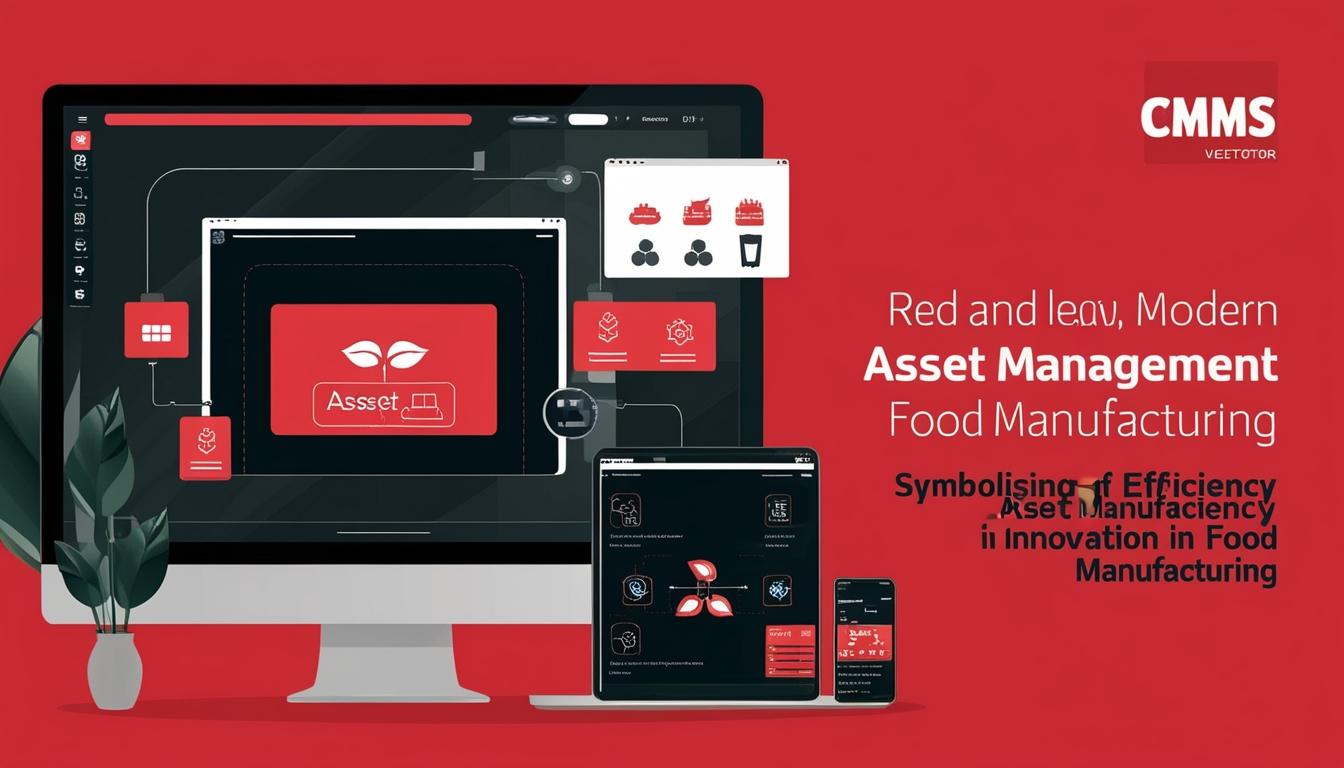The food manufacturing industry, like many others, has adapted to unpredictable challenges in recent years. Following a year of net growth, the industry now faces ongoing hurdles related to global economic conditions, including taxes, tariffs, and labour shortages. As noted in Deloitte’s 2025 industry outlook, businesses will need to explore alternative processes to foster growth beyond traditional pricing strategies.
Central to these strategies is the effective management of physical assets. Food manufacturers are required to meticulously track assets throughout their lifecycle, including maintenance schedules and repair needs. Historically dependent on pen and paper, many companies in the sector may be missing out on significant financial advantages offered by modern technology. Implementing advanced tools can enhance operational efficiency and support informed financial decision-making.
One such tool is a Computerized Maintenance Management System (CMMS). This digital solution assists food manufacturers in optimising operations, especially in large facilities where managing numerous pieces of equipment can be daunting. The older manual methods may prove insufficient and often lead to wasted resources on maintenance tasks, reporting, and work orders. A CMMS enhances equipment uptime and productivity by alerting teams to maintenance requirements and creating a comprehensive trail of scheduled work.
By adopting a preventive maintenance approach, manufacturers can better manage work orders and inventory, ultimately diminishing asset downtime and resulting in substantial financial savings. As assets function correctly, employees are diverted less to troubleshooting and repairs, enabling an increase in production and improved financial outcomes from reduced maintenance expenses combined with heightened sales.
In conjunction with CMMS, Asset Investment Planning (AIP) is another crucial tool aimed at bolstering financial performance. This approach involves gathering data regarding capital expenses and developing proactive maintenance budgets, organising information from various sources including CMMS and facilities assessments. Such a strategy allows companies to shift from reactive budgeting to a more strategic approach, reducing unexpected financial surprises by providing the financial department with clear insights into asset needs and their maintenance costs.
Furthermore, proactive budgeting ensures alignment between leadership and facilities management, enhancing overall financial performance. By having detailed awareness of asset lifecycles and maintenance necessities, manufacturers can judiciously plan for repairs and replacements while also managing costs effectively. Such foresight mitigates the risk of financial strain from unforeseen expenses.
An illustrative case involves a manufacturer that continuously replaced a specific part of machinery every 12 weeks, resulting in significant downtime and repair costs. By utilising maintenance tracking data, the team concluded that investing in new equipment would be the more economical choice over time, despite the higher initial outlay. This informed decision saved the company thousands in ongoing repair costs.
As the food manufacturing industry enters 2025, traditional methods of profitability will no longer suffice to maintain competitive edges. Emerging technologies that facilitate smarter resource use present opportunities to navigate challenges more effectively. Best practices that streamline asset management and investment prioritisation will be essential for optimising operations and maintaining viability in the market. The push towards enhanced efficiency must be a core objective of both technological and organisational priorities in the forthcoming year, shaping the future of the industry.
Source: Noah Wire Services
